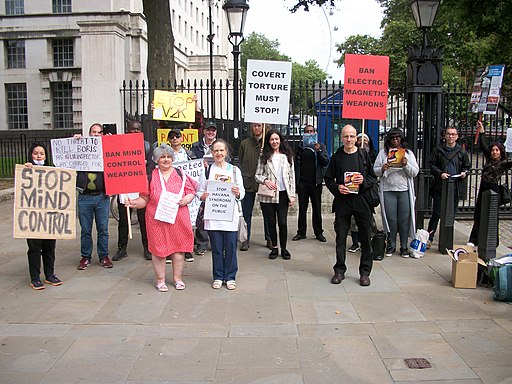The Department of Defense granted Wayne State University $750,000 to attempt to give ferrets “Havana Syndrome.” Earlier this month, the intelligence community concluded the illness is not caused by a weapon.
American officials in Havana, Cuba reported hearing loud noises and experiencing headaches in late 2016. Once the Donald Trump administration came into power in 2017, the White House claimed the symptoms were caused by a mysterious weapon directed at American officials. Trump would go on to roll back the increased diplomatic and economic ties his predecessor, Barack Obama, put in place with Cuba.
A scientific analysis of the noise alleged to be a sonic weapon was dismissed as the sound of local crickets.
In 2020, Julia Ioffe wrote an article alleging that American officials in Russia were coming under attack from the same weapon that was used in Cuba. Ioffe claimed Moscow was behind the attacks on Americans.
After Ioffe’s story, dozens of American officials around the world claimed to be victims of Havana Syndrome. Congress passed funding to compensate the victims. The intelligence officials who spoke with Ioffe and members of Congress ignored a 2018 report by a scientific board that found the alleged symptoms experienced by victims were not caused by a microwave or ultrasound weapon.
In 2022, the CIA concluded the supposed phenomenon was not “the result of a sustained global campaign by a hostile power.” Two weeks ago, the Washington Post reported another assessment from five US intelligence agencies concluding that Havana Syndrome was “highly unlikely” to be the work of a foreign power.
The Pentagon-sponsored animal testing will move forward in the face of several US government findings that Havana Syndrome does not exist. Politico reported the grant was awarded in September but confirmed the Department of Defense will not rescind it.
The Pentagon hopes the Wayne State researchers will use the $750,000 to mimic the symptoms of Havana Syndrome. The study “will develop and test a novel laboratory animal model to mimic mild concussive head injury.” DoD spokesperson Lt. Cmdr. Tim Gorman told Politico, “behavioral, imaging, and histological studies will determine if the model is comparable to the abnormalities seen in humans following concussive head injury.”
































